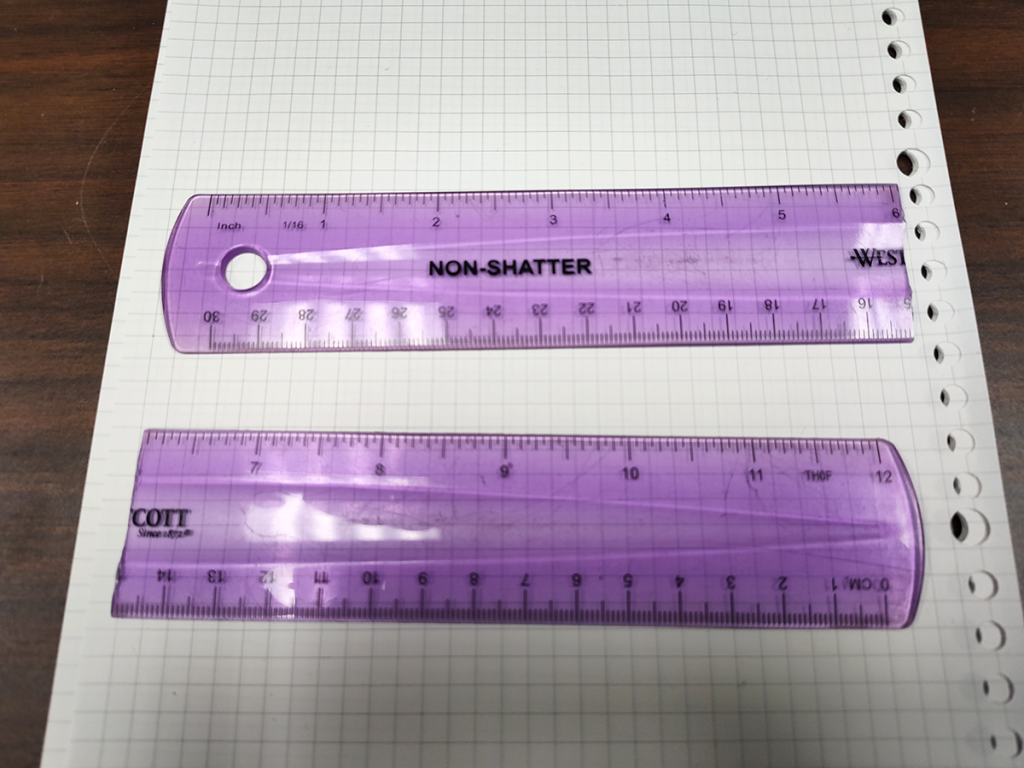
It wasn’t unbreakable, but didn’t claim to be. Definitely didn’t shatter.
Discoveries in the Physics & Astronomy shop | Science, curiosities, and surprises

It wasn’t unbreakable, but didn’t claim to be. Definitely didn’t shatter.
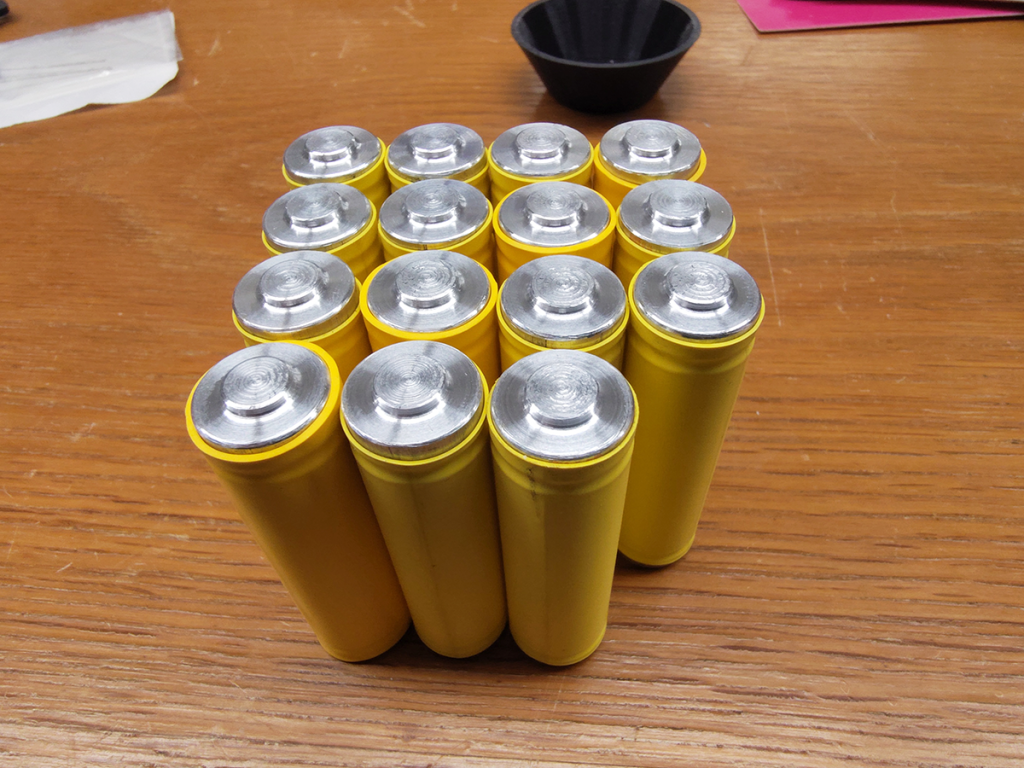
What to do when a battery-powered device would function better with fewer batteries? In our case, a dead-simple DC motor that gives better results when operating at 4.5 V instead of 6 V – but the holder that completes the circuit is sized for four AA batteries.
The answer: a battery-shaped slug of aluminum, which happily conducts current, fits in the place of a functional battery, and has some adorable bright-yellow heat-shrink tubing to stand out! Mostly because bright colors are easier to identify when you drop something on the floor. Round things have a habit of rolling off of surfaces at inopportune times.
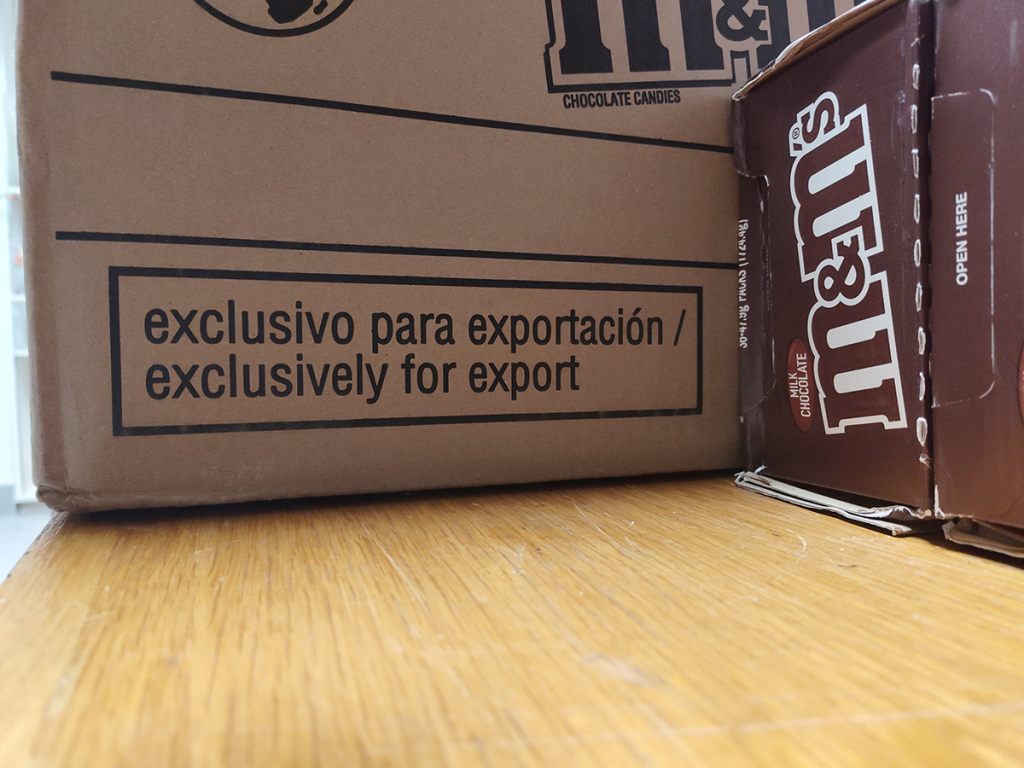
There are many tools for communicating new ideas, including candy. Boxes upon boxes of candy intended for consumption in other countries, apparently.
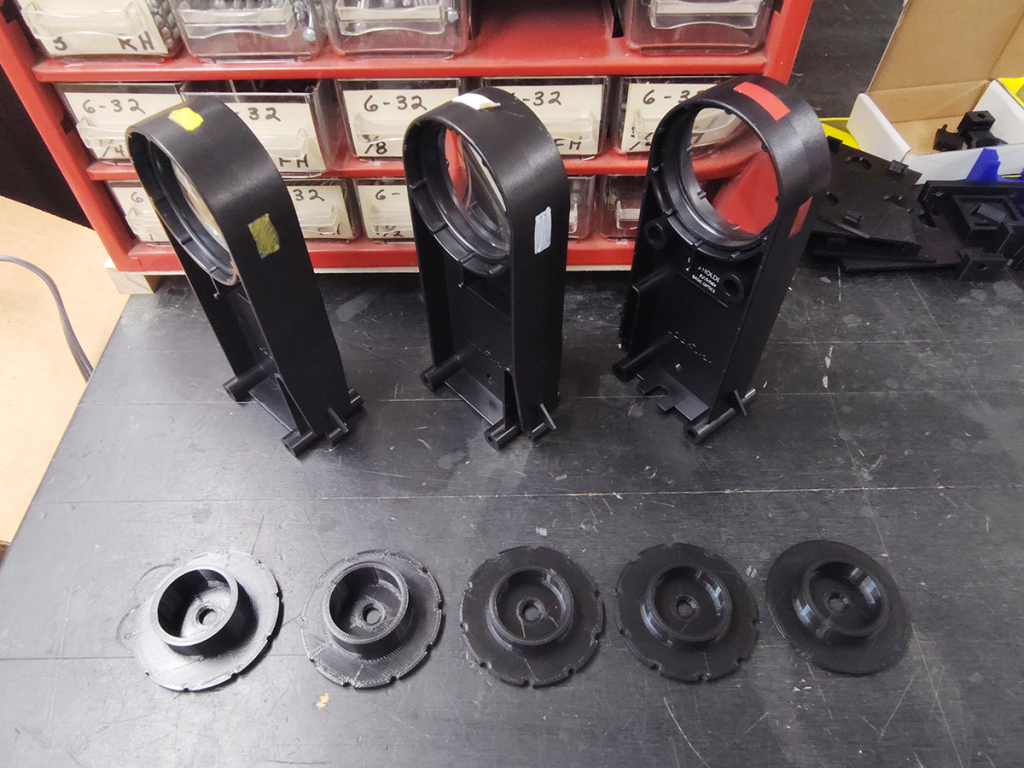
One of the key benefits of a 3D printer is the ability to create prototypes rapidly. Doesn’t quite fit? Adjust the model, re-slice, and set the new print to go. When you’re down to sub-millimeter tweaks with each iteration, it’s a relief to let the machine whir and ooze out the next version.
If at first you don’t succeed, try again and again and again and again…
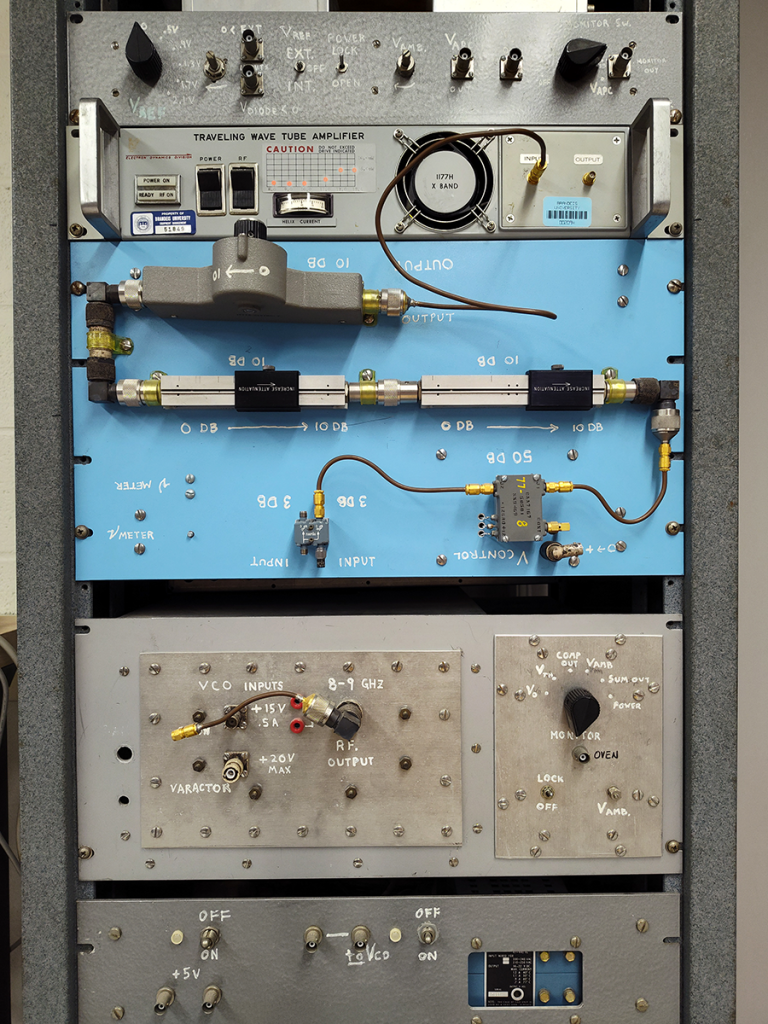
If it still works, it stays in service. There’s always a bit of “what’s this?” and “what’s it do?” and “how do I make it do what it does?” when stumbling across old equipment, but that’s what we have physicists for.
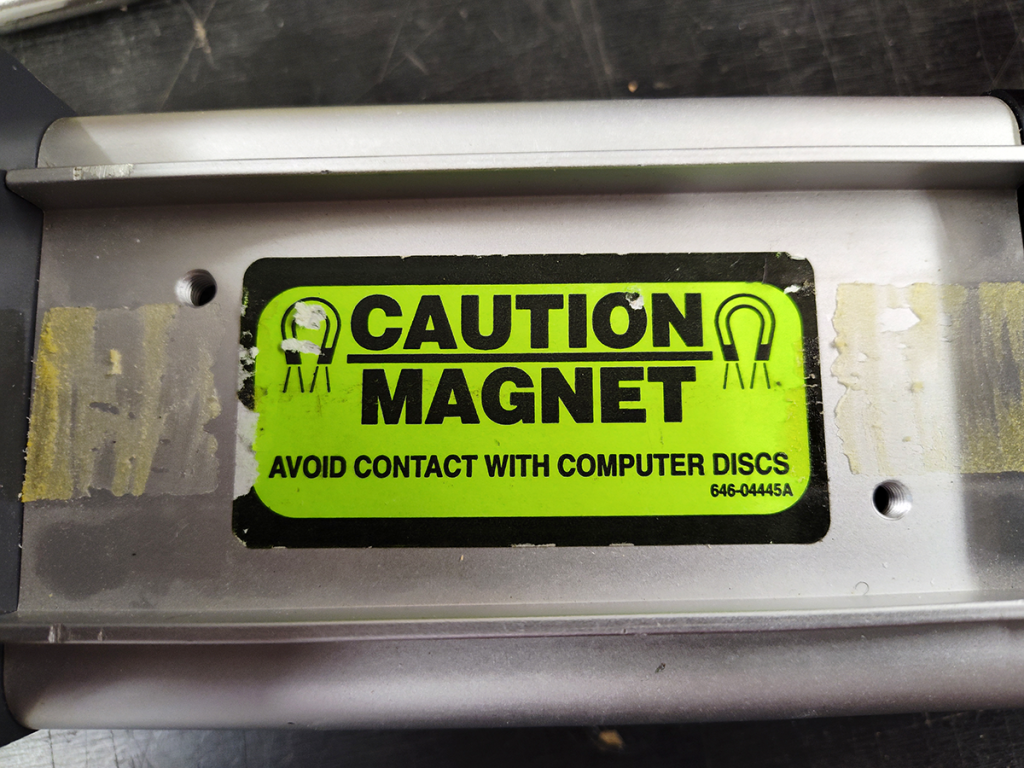
Remember those days? Floppy disks and cassette tapes and VHS and all those different storage media using magnetic materials, which could be corrupted or unwritten with inadvertent exposure to strong magnetic fields.
For fun, see how many modern applications still use a stylized version of the 3.5″ floppy as a “save” icon. (As of scribbling this, Microsoft Excel does.)
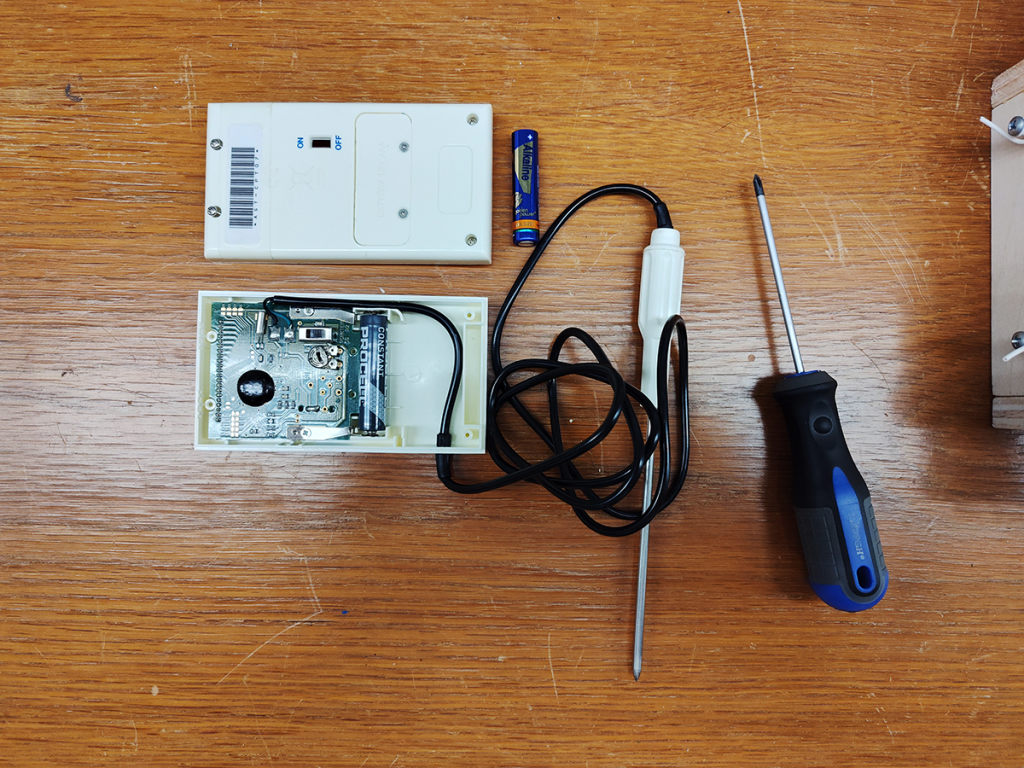
When the screw heads to the battery access panel are stripped, just go all the way and open up the entire housing. Why not?
The real question is this: why are those screws stripped? Did it arrive that way, battery installed, or did they take a real beating after popping the first battery in? Why have screws to keep it shut in the first place?

In our Physics & Astronomy labs, we use metersticks with great frequency. Often for measurements, sometimes to approximate distances that make the arithmetic easier, and occasionally as a handy tool for pointing to the projector screen.
They aren’t super-high precision any more than the rulers you remember from elementary school, and for that we have other tools. Sometimes, as you can see above, the years have warped and twisted things a bit. We adjust.
As you might expect, they offer metric distances on one side, inches and feet on the other. The best ones – the oldest set – were long ago painted black to conceal those SAE units. Clearly, someone grew weary of students measuring everything in inches and then complaining that the math wasn’t working out right.
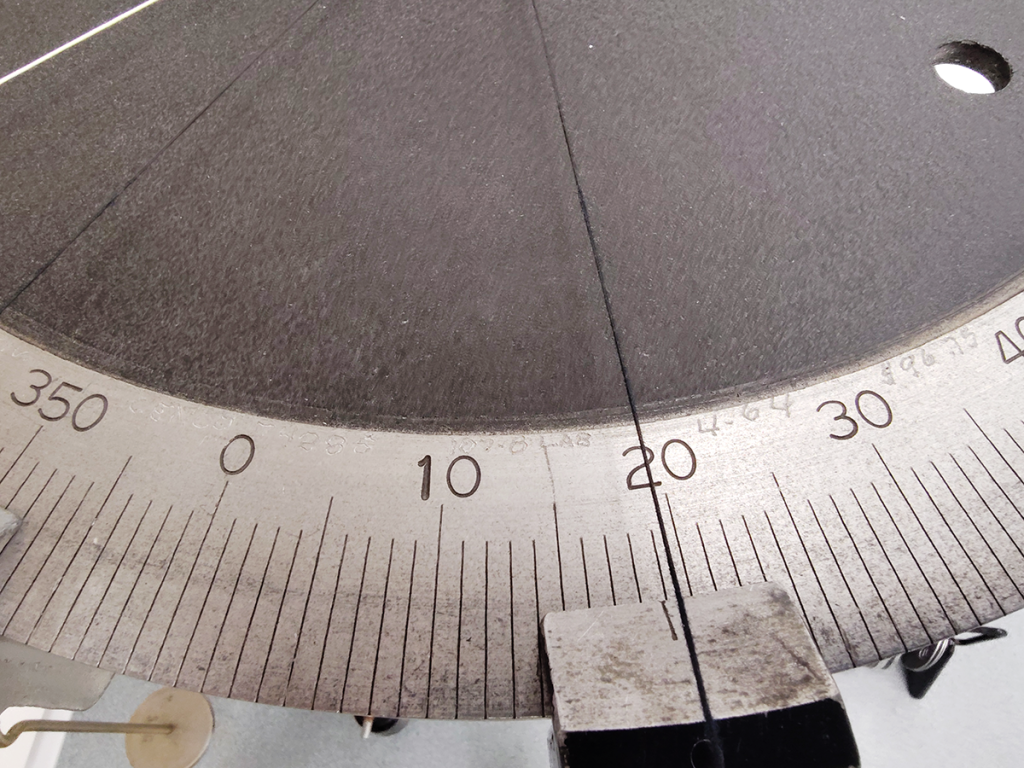
We’ve pointed out our old and reliable force tables before – classics of the undergraduate physics experience – which arrived here in several installments. Previously, 1957. This young’un only appeared in April of 1964, intended for the Physics 107-8 lab. Not listed in any recent course catalog, we’re uncertain of exactly what that was.
We could probably go pester some librarians, because surely there’s a record, but those folks are awfully busy on more important matters. Leave the idle wondering to the fellows here in the basement.
At any rate, they paid a healthy sum of $96.75 for this precision-machined beast. In today’s dollars: $985.65.
Do you think we’ve gotten our money’s worth yet?
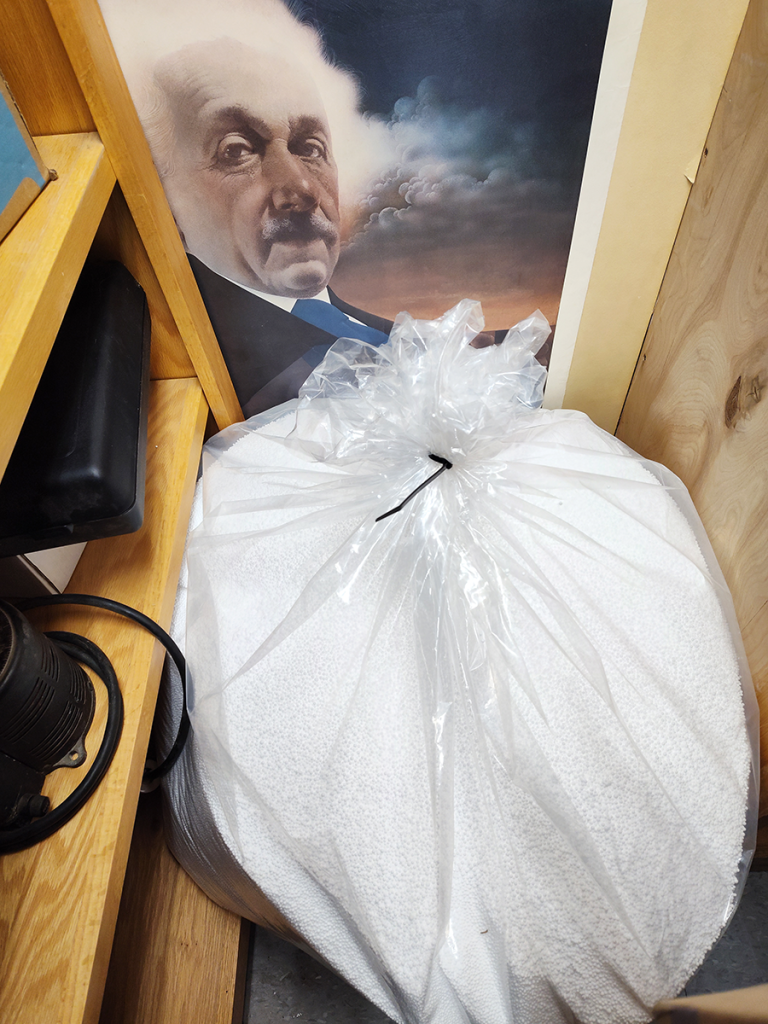
For one lab, run once each academic year, we need about a half teaspoon’s worth of tiny polystyrene pellets, the kind that get pressed together to make the cheapest, crappiest, least environmentally friendly coffee cups around. Altogether, in a busy lab year, that’s still maybe a third of a cup. And we can recover some of them, because we filter everything before pouring the liquid down the drain.
And we’ve got enough of them sitting in storage to last a couple of lifetimes at this rate. Or to fill up a bean bag chair.
But do open with caution. Those little pellets want desperately to stick to everything, to get everywhere.